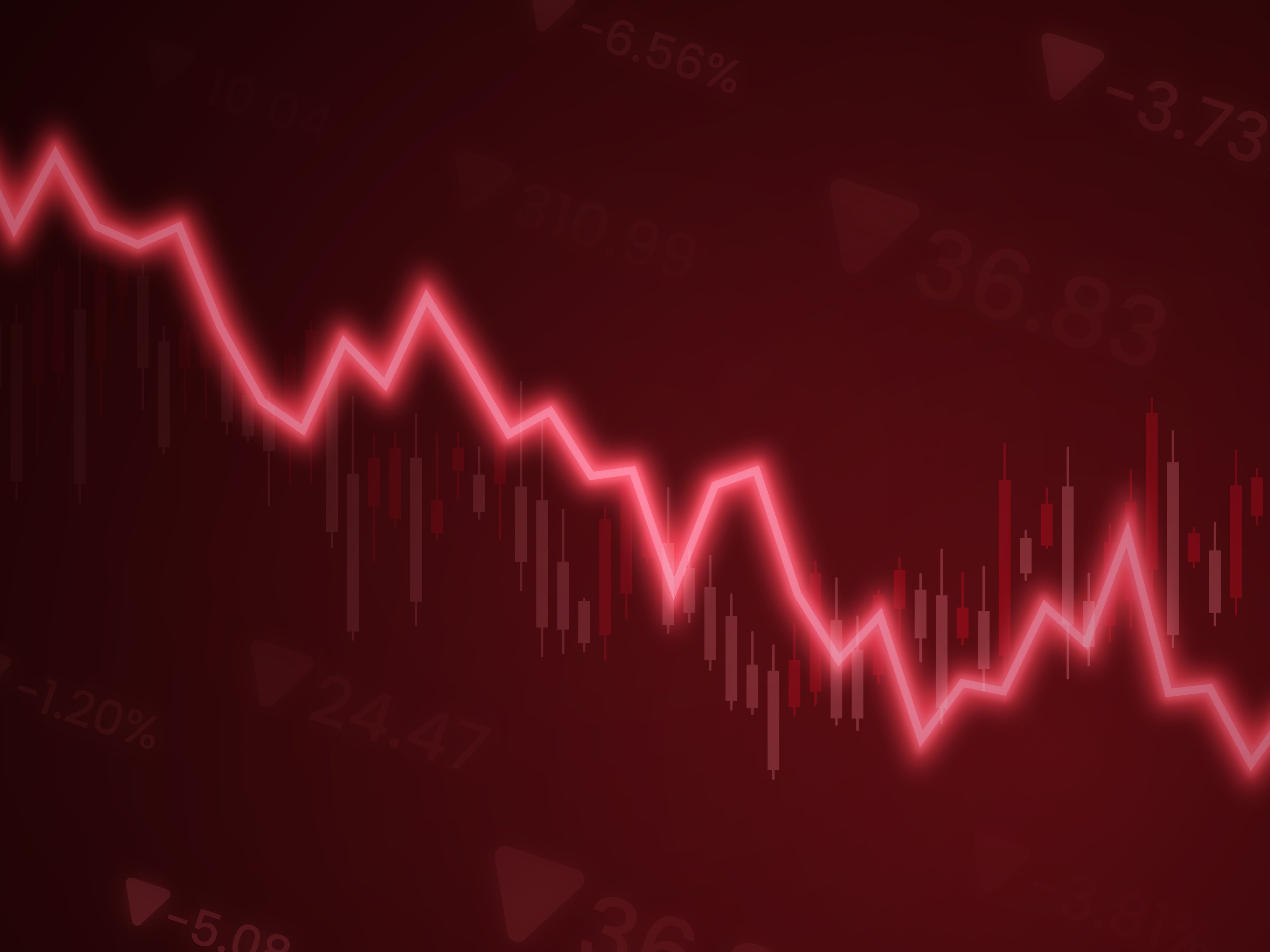Every investor has whispered the same question at least once: What if I had bought that quirky thing before everyone else cared about it? Sometimes that thought experiment is just entertainment. Sometimes, as with Shiba Inu (SHIB 1.78%), the numbers are so large they stop feeling real.
The cute dog meme coin launched in mid-2020 and went to the moon in late 2021. Five years on, if you'd invested $500 in October 2020, how much would you have made? Let's unpack the answer to that question as well as a few of the caveats and implications you need to appreciate.

Image source: Getty Images.
How a tiny price tag could become a life-changing number
Around Shiba Inu's earliest weeks, its price printed at tiny fractions of a fraction of a cent. Thanks to its viral memetic potential and the internet's love of both dogs and memes, the coin went on a well-documented parabolic run in late 2021, rhyming with the absurdly explosive fits of growth sometimes exhibited by its older sibling, Dogecoin. Of course, the price cratered immediately after that, but it reached a higher price floor than it had exhibited previously.
Today, Shiba Inu changes hands around one-hundredth of a cent, or $0.00001, with a roughly 590 trillion coins in the circulating supply. The supply has fallen a small amount over time due to the holder community's efforts to burn tokens, but it isn't a very meaningful quantity for the average holder. Nor is there much hope for the supply to become more constrained in the future, though we'll get into that in just a bit.

CRYPTO: SHIB
Key Data Points
If you bought Shiba Inu in late 2020, when it was priced near $0.0000000001, and held through today, you'd be up by roughly 100,000x. Multiply that by a $500 stake, and you get about $50 million. But this math obscures a few important truths and useful investing lessons, so don't take it at face value.
Why you should not try to replay this movie
Here is the uncomfortable truth. Shiba Inu's jackpot returns in the scenario described above were purely a function of a hypothetical investor being extremely early to a purely narrative asset and then getting lucky.
This is not a repeatable framework for long-term wealth creation, or even for finding lottery ticket-like returns. In other words, the upside is entirely illusory, and neither you nor anyone else will be able to repeat the feat, not with another investment in Shiba Inu, nor with an investment in another coin.
The investment thesis for buying Shiba Inu today, while admittedly stronger than in October 2020, is too tenuous to believe in, but let's look at it anyway.
Since 2023, the project has tried to develop some utility via launching the Shibarium, a layer-2 (L2) blockchain network built to make transactions faster and cheaper while integrating token-burning mechanics so as to somewhat constrain the supply of SHIB. The mainnet went live in August 2023.
In practice, traction is the hurdle that hasn't been overcome, and it probably never will be. Current daily transactions on the Shibarium are in the low thousands, which is a very far cry from the sustained, high-usage L2s that have at least some real economic value. There's also little evidence that new features being developed for the Shibarium will actually attract any more value to the network. Its decentralized finance (DeFi) features are effectively zero, and there aren't any other compelling use cases.
Could that change? It might; if developers ship compelling use cases and if users show up, activity can compound, and the chain can become valuable. But the burden of proof on that front sits squarely with the platform and with the ecosystem, and there is no such proof so far. Investors should generally treat meme coin add-on roadmaps as speculative, because they are.
So, what is the right lesson? Getting in very early can produce life-changing outcomes, but the distribution of those outcomes is brutally skewed, and survivorship bias is relentless. The odds of any single person actually making the Shiba Inu trade we mapped out earlier are effectively zero, and it isn't a model to aspire to.
For most investors, capital belongs in assets with identifiable demand engines and improving cash flow or usage economics.
In closing, Shiba Inu's five-year what-if is a terrific reminder that extraordinary returns often arrive before fundamentals, not because of them. The much better approach is to wait for evidence of value before proceeding.





